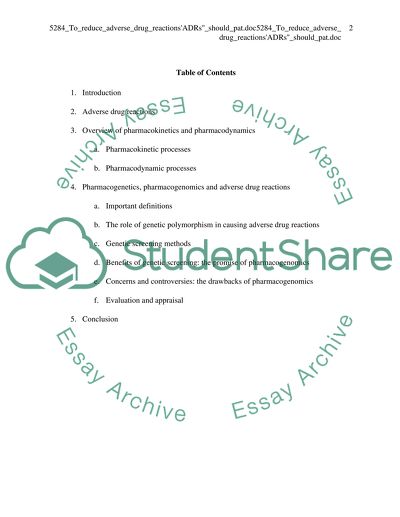Cite this document
(“Adverse Drug Reactions Essay Example | Topics and Well Written Essays - 4500 words”, n.d.)
Retrieved from https://studentshare.org/health-sciences-medicine/1516031-adverse-drug-reactions
Retrieved from https://studentshare.org/health-sciences-medicine/1516031-adverse-drug-reactions
(Adverse Drug Reactions Essay Example | Topics and Well Written Essays - 4500 Words)
https://studentshare.org/health-sciences-medicine/1516031-adverse-drug-reactions.
https://studentshare.org/health-sciences-medicine/1516031-adverse-drug-reactions.
“Adverse Drug Reactions Essay Example | Topics and Well Written Essays - 4500 Words”, n.d. https://studentshare.org/health-sciences-medicine/1516031-adverse-drug-reactions.


